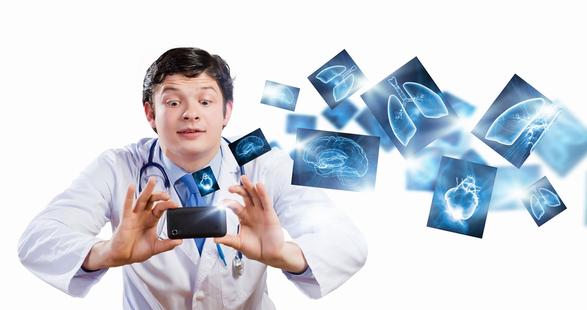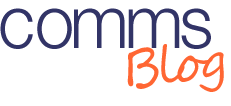
When we feel under the weather, how many of us use the Internet to self-diagnose? Share that graze, bump or bruise with a loved one, friend or colleague? Browse through some ancient medical book, which has been passed down through generations to check on an ailment?
Many, or all of the above often lead us into more worrying scenarios, “Oh, that doesn’t look good. You’d best get that looked at by a doctor.” However, do doctors have all the answers? Who in turn, do doctors turn when they search for answers? Again – colleagues and books, do they surf the Internet?
A Canadian intensive care doctor has invented the world’s first “Instagram for Doctors”, an iOS and Android app that allows healthcare professionals around the world to share and discuss images of assorted medical conditions.
Dr Joshua Landy, a practising intensive care physician at Scarborough Hospital, Toronto and founder of medical startup Figure 1.
Figure 1 is an app that allows iPhone and Android-owning doctors to share images of diseases, injuries and everything in between. Launched in 2013, the app was born from the idea that sharing pictures of what confounds doctors with other doctors across the world can help point them in the direction of the right answer.
According to Landy, his desire to provide a more secure outlet for the medical profession came about due to the vast amount of digital data being sent already; Figure 1 is the alternative. And what a cracking idea! Figure 1 looks like Instagram. Pictures are uploaded into feeds, comments are made, and images can be starred – “it’s not a ‘like’, more a bookmark for something to go back to,” says Landy.
“Medicine has always used asynchronous communications such as pagers or phones,” says Landy. “Now we want to help people share images, enabling more eyes on more cases, but with privacy and learning in mind.”
The medical profession has certainly taken Figure 1 to their hearts. Currently the app, which is available for download from the iTunes app store and Google Play in six countries – Ireland, US, Canada, Australia and New Zealand – where Figure 1 has been approved by health privacy lawmakers. The app is also available in the UK, where the uptake has been a little slow with doctors and medical practitioners.
Healthcare professionals sign up for an account using the app on their tablet or smartphone and go through a process to have their medical licences verified. Some use their names; others hide behind usernames so colleagues could be collaborating on a diagnosis using the app while unknowingly standing next to each other.
Anyone can join the service and look at the images, but only medical staff – be that doctors, nurses or other medically trained personnel – can become “verified”. In the same way, Twitter’s blue tick verifies that a user is who they say they are, Figure 1 will verify someone is a medic by contacting their hospital or a suitable authority database.
“We’re not after gore seekers, but in some countries such as India reliable databases of doctors are non-existent, so we don’t want to keep them out,” explained Landy.
To alleviate any fear, patients sign a consent form either digitally on screen with their finger or via paper copies.
Figure 1, for me, is a wonderful innovation. We are inundated with Apps and yet Figure 1 is technology at its best. An absolutely stunning way to teach and learn.
We look forward to following the progress of Figure 1 here in the UK.
You can view the Figure 1 website here
Until next time…
